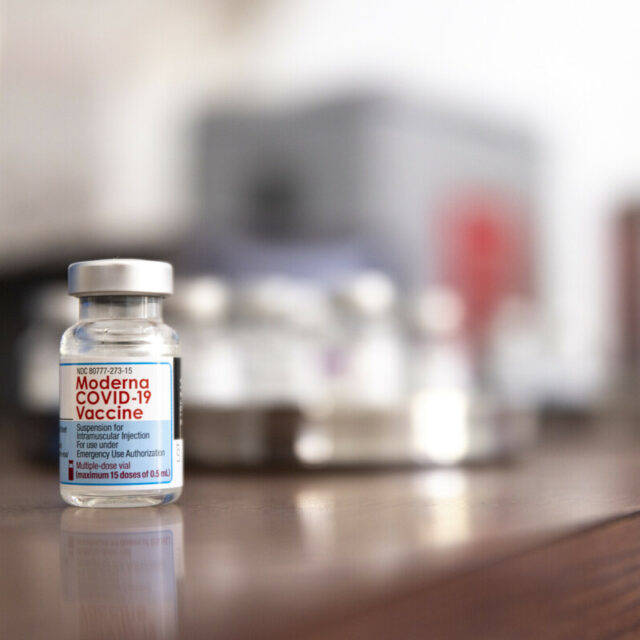Yesterday the OECD Development Assistance Committee (DAC) released the latest preliminary data on global aid spending in 2020. It showed that last year, donors provided $161 billion in official development assistance (ODA). This represents a 3.5% increase, in real terms, compared to 2019. It is especially encouraging to see that in a year where there was a global pandemic and economic downturn and even advanced economies suffered, they still managed to prioritise and increase global aid.
More ambition required
However, this small increase by no means matches the scale of the need. It is still only a drop in the bucket compared to the over $16 trillion that developed countries have spent responding to the COVID-19 pandemic at home. COVID-19 could push up to 163 million people into extreme poverty around the world in 2021. This includes nearly 50 million people in sub-Saharan Africa. We need to see the same ambition that wealthy countries have used in their national responses, to support the poorest countries.
If all donors had met the target of spending 0.7% ODA/GNI, there would have been an additional $189 billion available for fighting COVID and getting economies back on track. Instead, total ODA represented just 0.32% of DAC donors’ national income (GNI). And only six DAC donors achieved the 0.7% ODA/GNI target in 2020: Norway (1.11%) Sweden (1.14%), Luxembourg (1.02%), Denmark (0.73%), Germany (0.73%), and the UK (0.7%).
Bilateral aid to Africa as a whole increased by 4.1%. However, bilateral flows to sub-Saharan Africa fell by 1% to $31 billion. And aid to low-income countries decreased by 3.5% to $25 billion, while aid to lower-middle income countries increased by 6.9% to $33 billion, and aid to upper-middle income countries increased by 36% to $18 billion. Some of this increase in aid to middle-income countries could be explained by an increase in the use of loans versus grants. Of total bilateral ODA, 22% was in the form of loans and equity investments, up from around 17% in previous years.
Low-income countries must be the priority
Earlier this month, the IMF estimated that low-income countries face a financing gap of $200 billion to recover from COVID and another $250 billion to get back on track with fighting poverty. It is extremely worrying to see aid to low-income countries decreasing in this environment when they should be the priority.
We won’t see a global economic recovery until all countries can withstand the shock of the pandemic and rebuild their economies. In 2021, donors must meet their 0.7% aid commitments, prioritise the poorest countries, and support a robust economic response package for vulnerable countries.



